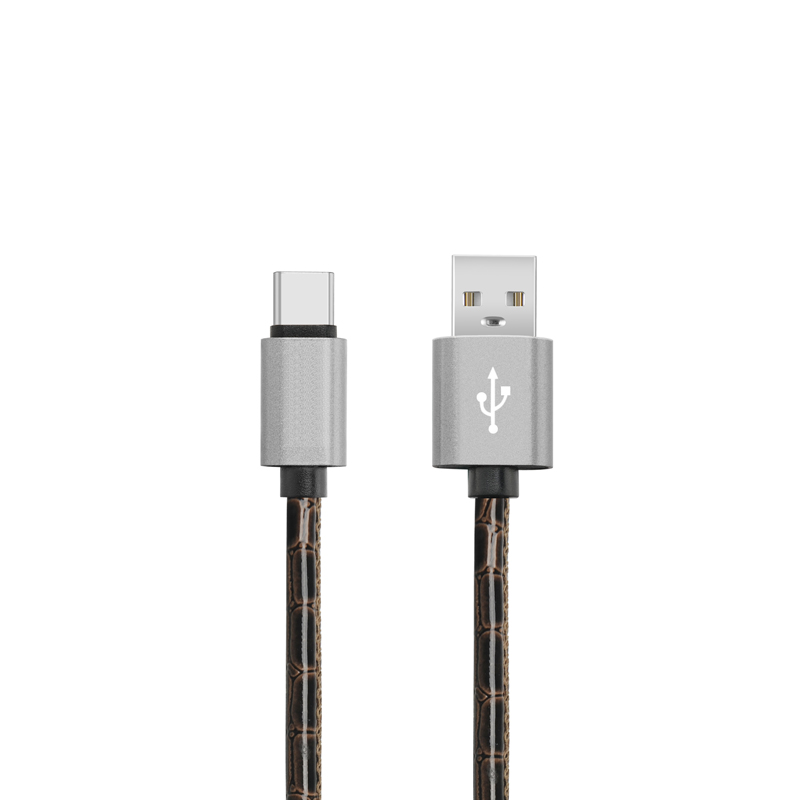Latest Posts
USB Type-C specifications, characteristics, authentication solutions, and follow-up developments.
USB Type-C Specification and Analysis of Authentication Solution
The USB Type-C specification, released in August 2014, is approximately 8.4mm x 2.6mm, which is slightly larger than the USB 2.0 Micro-B. Its charging capacity itself supports to 15W, and also supports USB Power Delivery specification, which will support to 100W at the highest. In terms of transmission speed, in addition to supporting 10 Gbps of the existing USB 3.1 Super Speed Gen 2, it is expected to support subsequent higher transmission speeds (such as USB 4). It supports for both front and back can be plugged (such as Apple’s Lightning interface), and can be extended to thin and light portable devices such as tablets and smart phones, so it is particularly expected by the market.

Four characteristics of USB Type C:
1.Smaller size: similar in size to existing USB 2.0 Mirco-B.
2.Power charging: Type-C will support higher power charging capabilities.
3.Extensibility:Type-C design will support future USB performance
4.Usability: Both front and back can be plugged, users no longer need to distinguish between front and back, it is easier to plug the interface.
Recently, the USB Implementers Forum (USB Standards Organization, USB-IF) announced the launch of the USB Type-C certification program, which brings encryption-based authentication to USB Type-C chargers and devices. The new project will enable the device to block access to uncertified USB chargers. The master device can confirm the authenticity of the USB device, including the USB cable or USB charger, before plugging in the power or data transfer.
The authentication solutions of USB Type-C include:
Used to verify certified USB Type-C chargers, devices, cables, and power standard protocols
Support for authentication via USB data bus or USB Power Delivery (USB PD) communication channel
Products that use authentication protocols can control the security policies to be deployed and implemented
Depends on 128-bit secure encryption
Quote existing internationally recognized encryption methods for certificate formats, digital signatures, hashes, and random number generation
The following-up development of USB Type-C
The development of Type-C has always been the focus of the industry. The EU also unifies the specifications of all mobile phone chargers in 2017 and requires that the connectors on the handhold devices must be identical. Market analysts expect Type-C to accelerate the pace of switching with the support of the two camps of iOS and Android, and launch a new generation of USB interface specifications.
The another main goal of Type-C connector is to replace all the existing USB 2.0 Micro-B connector as a standard transmission line specification for a variety of mobile devices. In the past, the USB 2.0 Micro-B connector was adopted by mobile devices such as smart phones. However, in the era of USB 3.0, although the transfer speed was greatly improved, the USB 3.0 Micro-B connector was twice as wide as USB 2.0. For smart phones with high requirements for thin and light, it is too wide, so few smart phone manufacturers use USB 3.0 Micro-B connectors. The USB Association hopes to unify the transmission line specifications of mobile devices by introducing a new generation of Type-C connectors. It is expected that Type-C will become the only interface standard that all devices can use in data, power, and audio and video transmission.











Leave a comment